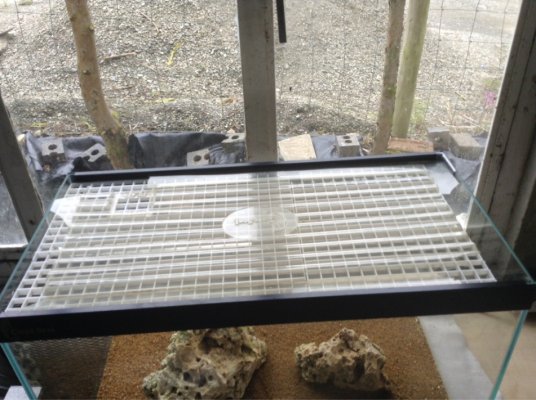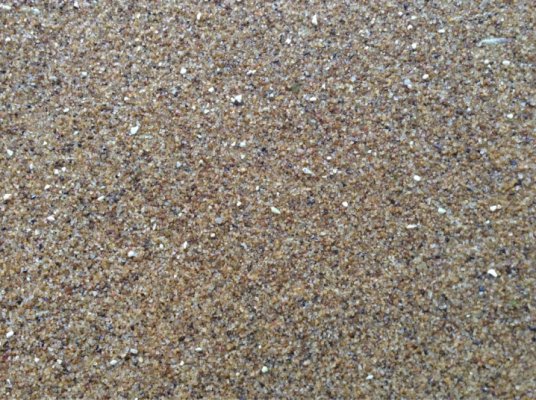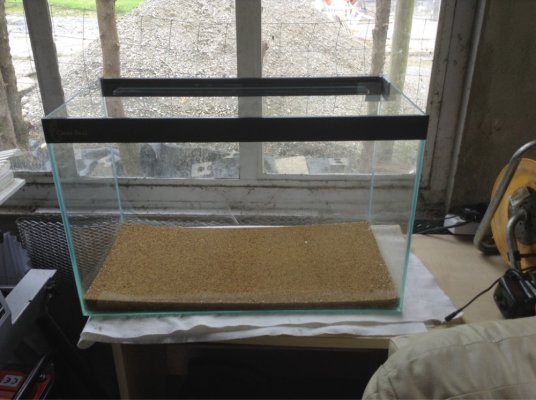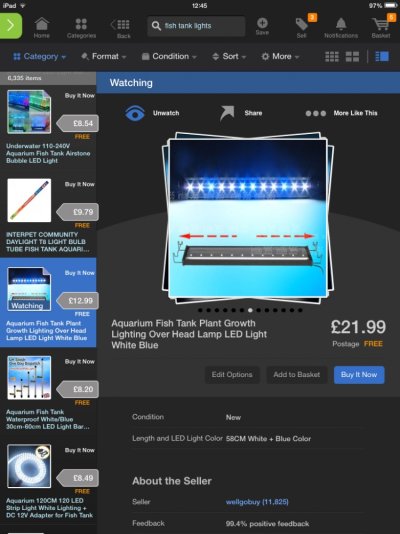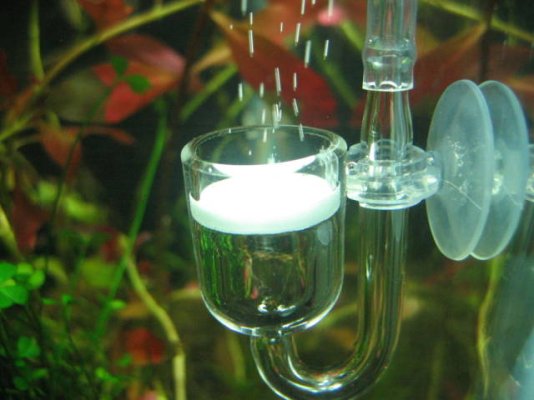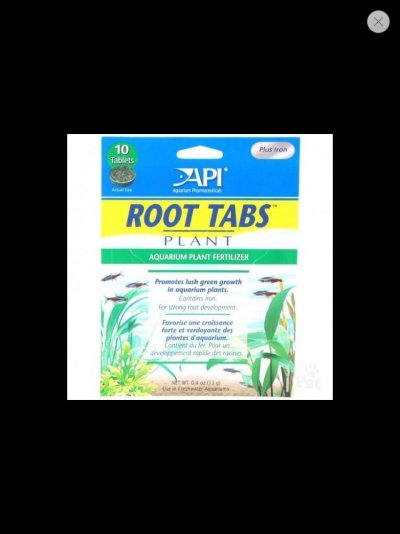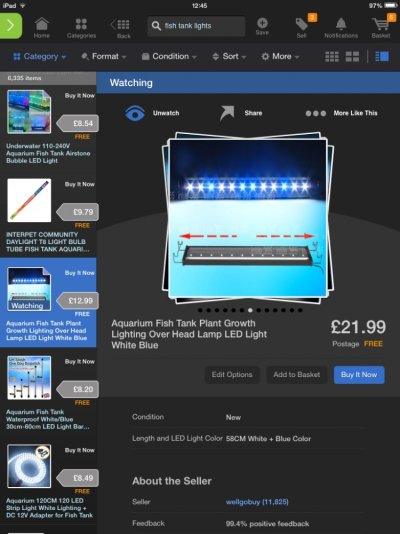Grrrrr... I spent 30 minutes typing a long response and then lost it.

Here goes again:
Lighting:
- Lighting is measured in PAR. PAR stands for Photosynthetically Active Radiation. Basically, it's how useful light is for plants.
- Usually, 35-65 is considered medium light, below that is low, and above that is high, but it varies from person to person.
- For your tank, 2 T5 Normal Output fluorescent bulbs would give you solid medium light, probably around 55 PAR, give or take a bit.
- Remember that the strength or quantity of almost all aspects of a planted tank revolve around light.
Fertilizer:
- In low tech setups, bottled fertilizers are fine.
- These are usually super overpriced and sold by companies like Seachem or API.
- In medium or high light, like you have, dry fertilizer is necessary, in my and most peoples opinion.
- The two main ways to use dry fertilizer are the Perpetual Preservation System (PPS pro), and Estimative Index (EI).
- PPS pro gives only what the plants need to survive, no more, no less, to prevent excess nutrients. EI gives an excess of what the plants could ever use so they never get deficiencies. It varies by person, but most people seem to like the EI concept because it is more up to date and makes more sense, in my opinion. But both work.
- The difference is really only the dosing strategy. In the past, PPS pro was thought to be more effective because it used lower amounts of nutrients. Part of this was so plants would grow slower so that less trimming was needed, and that water changes would be needed less often because of lower levels of nutrients. Also, algae was then thought to be caused because of excess nutrients. Now, many people have told me that algae is caused by excess light, and not necessarily nutrients in most cases. Anyway, you should modify your fertilizer dosing accordingly to make up for deficiencies. But in my opinion, EI makes more sense.
- You could dim your lights in some way and go with low light and not need dry fertilizer, but I think going medium tech (it would cost a bit more) would be worth it.
-
Here is where you can find it.
Carbon Source:
- Carbon is another example of how light dictates most aspects of a planted aquarium.
- Terrestrial plants get carbon in the form of co2 from the atmosphere. It is used in photosynthesis. Aquatic plants don't have this luxury.
- In most low light tanks, and even some medium, dosing only a gluteraldahyde product is enough to provide adequate carbon source.
- Gluteraldahyde (aka glut) is a carbon source and an algaecide. It is very handy to have even if it isn't your primary carbon source.
- Seachem Excel is a product that contains gluteraldahyde.
- Metricide-14 is a hospital grade sterilizer that can hurt your hands if you touch it. However, without the activator, it is actually a source of gluteraldahyde, in a much cheaper form.
- You can use either Excel or Metricide, your choice; they are pretty much the same except Metricide is twice as strong I belive.
- In many medium, and all high light tanks, injecting pressurized co2 is pretty much the way to go.
- Basically, you buy a paintball canister or some other co2 canister and have it filled with co2. Then put a regulator on it. Most people use Aquatek or Milwaukee regulators at a fairly good price, and GLA regulators at a more expensive cost (although some say it's worth it). You need tubing to connect the regulator (which allows you to control how much co2 comes out) to the bubble counter/check valve. This ensures that you can see the co2 moving into the tank (the bubble counter is basically a thing that is full of water, with co2 coming in in bubbles at the bottom and leaving through tubing at the top) and a check valve to make sure that no water goes backwards, into the co2 tank. From there co2 travels through a tube (this tubing can just be any co2 resistant silicone tubing, you can find it online or at a local store) into the diffuser, which is in your tank. Since co2 is less dense than water, it will rise to the surface quickly if just left to bubble off in your tank. This of course is not good because the co2 that does not dissolve upon contact will be lost into the atmosphere. So people use a diffuser. A diffuser can be a number of things. A common one is a ceramic disc inside a glass cylinder with an open top. I attached a picture. Basically, it turns the co2 into tiny bubbles. This is helpful because co2 is dissolved at any contact point with water. Therefore, the more surface area it has, the higher the rate of dissolution, and lots of small bubbles have more surface area than one large bubble. There are many ways to do it, bubble ladders, co2 bells, etc., but the most common way is to use a ceramic diffuser, or to run it into the intake of a filter. That way it gets chewed up inside the filter and dissolved very well. Of course, this depends on what kind of filter you have, so we would need to know that. In my opinion pressurized co2 would be very helpful for your tank.
Substrate:
- Only in high light tanks is substrate super important.
- For most low tech setups sand or gravel is fine.
- For medium light I recommend Eco Complete.
- You will need root tabs under the gravel under almost all plants. Maybe 1 per 5 square inches/ 12 square centimeters.
Thats about all I can think of right now. Hope this helps. I may add more later.
